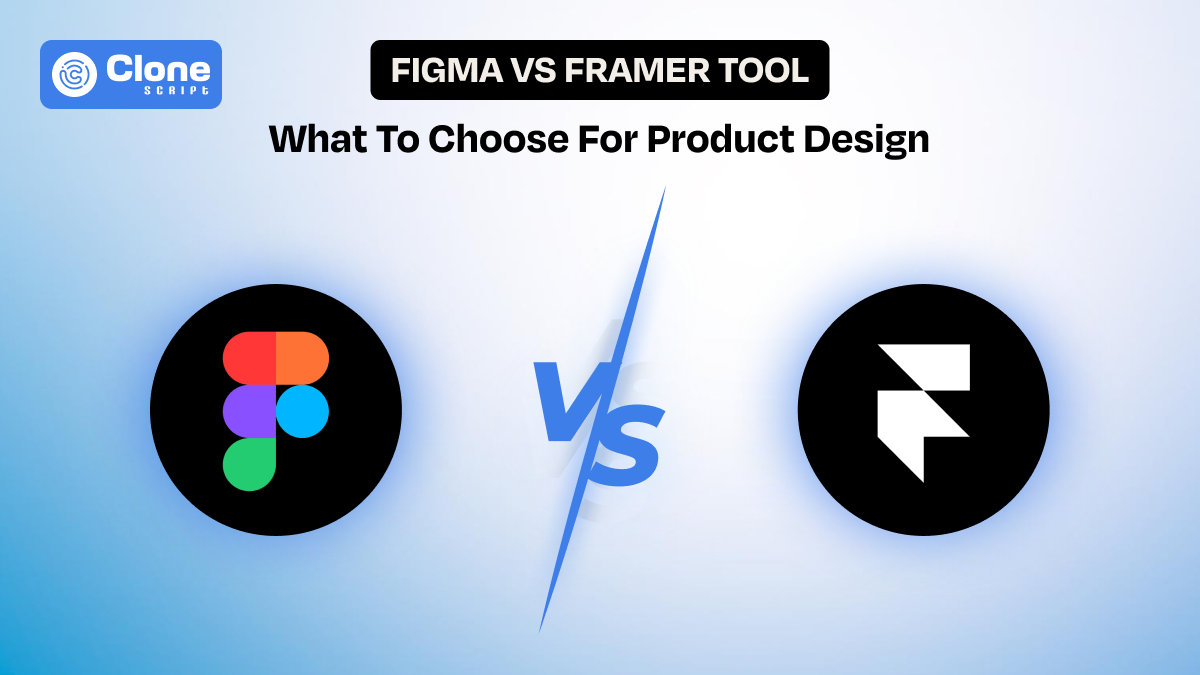3 Key Areas to Analyze in Your Competitor's Strategy and Grow Your Brand
Let’s face it, running a brand in today’s hyper-competitive market can feel like being in a never-ending race. You’re not just trying to move forward; you’re constantly glancing sideways, keeping tabs on what your competitors are doing. Are they gaining traction on Instagram? Did they just launch a new product line? How are they getting all that traffic?
Here’s the thing: competitor analysis isn’t about copying your rivals. It’s about learning from their wins and their mistakes, then using those insights to refine your own strategy and grow your brand with confidence.
In this post, we are diving into three key areas you absolutely need to analyze in your competitor’s strategy if you’re serious about standing out and scaling up. We are talking about branding and positioning, content and SEO, and social media and customer engagement.
Let’s break each one down with real talk, practical tips, and examples you can run with today.
Branding and Positioning: Understand the Story They’re Telling
Your competitor’s branding is more than just a logo and color scheme. It’s the story they’re telling about who they are, what they offer, and why customers should choose them. And if they’re doing it well? It shows in everything from their website design to their Instagram captions.
What to analyze for branding and positioning?
-
Brand Voice and Messaging: Look, are they using formal and professional, or friendly and conversational? Are they focusing on luxury, sustainability, affordability, or speed?
-
Visual Identity: Think fonts, colors, imagery, and logo usage. Is there consistency across channels?
-
Unique Selling Proposition (USP): What do they claim sets them apart? Is it price, innovation, customer service, or something else?
-
Emotional Appeal: What feelings or aspirations are they trying to evoke? Trust? Belonging? Exclusivity?
Why It Matters?
Understanding your competitor’s positioning helps you find the gaps and opportunities in the market. If all your competitors are positioning themselves as budget-friendly, maybe there’s space to become the premium option. If they’re focusing on Gen Z, could you tap into an older demographic? Definitely.
Pro Tip:
Run a “positioning map” with competitors on one axis (e.g., price) and another variable on the other axis (e.g., innovation vs. tradition). Where do they cluster? Where are the open spaces?
Content and SEO Strategy: See How They’re Driving (and Keeping) Traffic
If branding is how they hook your attention, content is how they keep it, and search engine optimization or SEO is the secret weapon behind the scenes.
Whether your competitors are ranking on Google’s first page or driving organic traffic via blog posts, YouTube, or Pinterest, you can reverse-engineer their content strategy to improve your own.
What to analyze for content and SEO?
-
Blog Topics & Formats: Check what kinds of content they are publishing through types of blog writing, infographic sharing, video (How-tos, listicles, industry news, case studies).
-
Target Keywords: Perform keyword research by using tools like Ahrefs, SEMrush, or Ubersuggest to see what keywords they’re ranking for.
-
Content Depth & Quality: Are their article writing surface-level or detailed and data-driven? Do they include original visuals, videos, or infographics?
-
Internal Linking & Site Structure: How well is their content interconnected? Do they guide users through a journey or leave them between?
-
Backlink Profile: Where are they getting their backlinks from, influencers, news sites, or guest blogs? With the list of backlink profiles, you can further optimize the content for organic link building.
Why It Matters?
By analyzing your competitor’s content strategy, you uncover what’s working for them in real-time. That includes identifying trending topics, long-tail keywords, and even gaps in their content that you can fill.
For instance, if a competitor has a blog ranking for “best CRM tools for small businesses,” but hasn’t targeted “best CRM tools for e-commerce brands,” you just found a golden SEO opportunity.
Pro Tip:
Don’t just copy their keywords; outperform their content. Use tools like Surfer SEO or Clearscope to optimize your posts better than theirs. Add more value, more depth, and clearer formatting.
Social Media and Customer Engagement: Track What’s Creating Buzz
Here’s where the rubber meets the road. Social media is where branding, messaging, and content meet and where real-time customer engagement happens.
Analyzing your competitor’s social media gives you a front-row seat to see what’s resonating with your shared audience. It also gives you insight into their customer service strategy, influencer partnerships, and how loyal their community really is.
What to analyze in social media and customer engagement?
-
Platforms Used: Check on which social media platforms usually they focused: TikTok, LinkedIn, Instagram, or a niche channel like Reddit or Pinterest?
-
Content Types & Frequency: See their posting Reels, carousels, UGC, product shots, memes, and note the social media post frequency.
-
Engagement Rates: Look beyond follower count. How many likes, shares, saves, or comments are they getting per post?
-
Community Management: Are they replying to comments and DMs? How do they handle complaints or questions?
-
Campaigns & Promotions: What kinds of promotions do they run? Are they using seasonal trends, giveaways, or influencer collabs?
-
Social Proof: Check how often customers are tagging them, reviewing them, or sharing content organically.
Why does it matter?
Engagement metrics are a live pulse check on what your audience cares about. If a certain type of post is going viral for your competitor, you can quickly adapt, test a version that aligns with your brand, and stay culturally relevant.
Also, if they’re missing the mark, poor response times, ignored comments, and generic replies, that’s your chance to stand out by being more human, helpful, and authentic.
Pro Tip:
Tools like SocialBlade, HypeAuditor, or Sprout Social can help you dig into competitor growth trends and audience demographics. But also spend time manually analyzing top-performing posts, what are people loving, and why?
Putting It All Together: Turning Analysis Into Action
Great, so now you know what to look at. But what do you do with all this information?
Here’s a simple 3-step process to convert competitor analysis into real brand growth:
1. Identify Gaps and Opportunities
Use your research to spot what your competitors aren’t doing well, whether it’s lackluster customer engagement, inconsistent branding, or ignoring niche SEO opportunities. These are your brand's new action items.
2. Differentiate Intentionally
Don’t just be “better,” be different in a way that matters. Whether it’s faster shipping, deeper expertise, stronger visuals, or a more human brand voice, use your competitor analysis to guide clear differentiation.
3. Test, Learn, and Adapt
Set up experiments based on what you learned. Maybe it’s launching a new blog series based on untapped keywords, or changing your Instagram strategy to mirror high-engagement post types. Monitor the results, adjust, and double down on what works.
Final Thoughts
At the end of the day, your competitors aren’t just rivals, they’re unintentional mentors. Every campaign they launch, every post they publish, every keyword they rank for, it’s all data you can use to level up your brand.
So next time you find yourself doom-scrolling their feed or wondering how they pulled off that product launch, pause and pivot. Turn that curiosity into strategic insight, and let it drive your growth story forward.
Remember, you don’t have to be first, you just have to be better, faster, and more in tune with your audience. And with the right competitive analysis, you can absolutely get there.
Want Help Creating Your Competitor’s Strategy?
If this feels like a lot to track, don’t worry, you’re not alone. We help business owners like you decode their competitors’ strategies and build custom action plans that drive real growth. Let’s chat if you’re ready to take your brand to the next level with a sharper, smarter strategy. Contact us now.
 BTC - Bitcoin
BTC - Bitcoin
 USDTERC20 - USDT ERC20
USDTERC20 - USDT ERC20
 ETH - Ethereum
ETH - Ethereum
 BNB - Binance
BNB - Binance
 BCH - Bitcoin Cash
BCH - Bitcoin Cash
 DOGE - Dogecoin
DOGE - Dogecoin
 TRX - TRON
TRX - TRON
 USDTTRC20 - USD TRC20
USDTTRC20 - USD TRC20
 LTC - LiteCoin
LTC - LiteCoin







